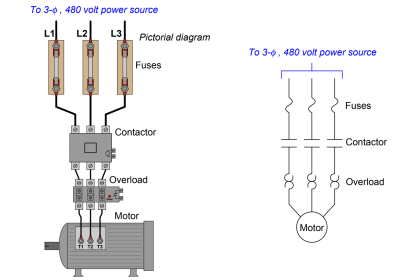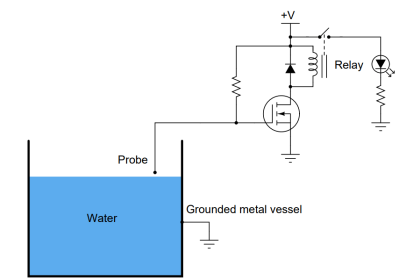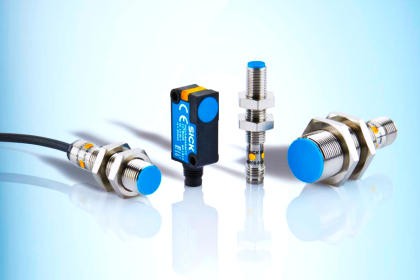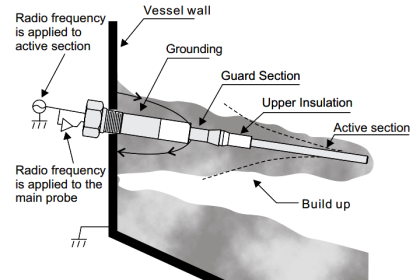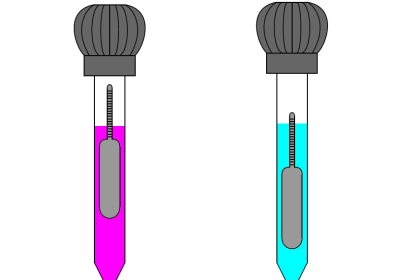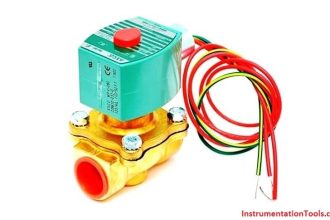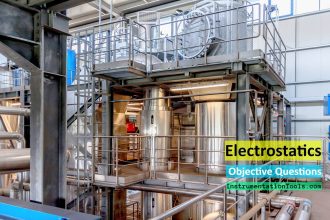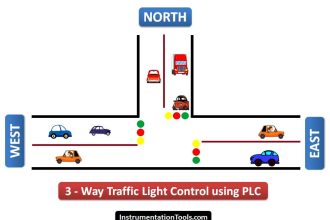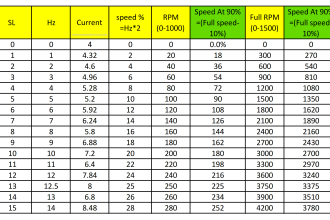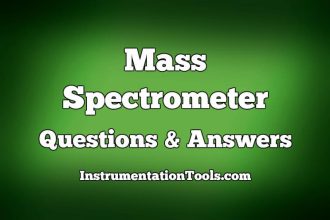Switches, whether they be hand-actuated or actuated by a physical process, come in two varieties: normally-open (NO) and normally-closed (NC).
You are probably accustomed to seeing both types of switch represented in the pushbutton form on schematic diagrams:

Normally-open pushbutton switches close (pass current) when actuated (pressed). When un-actuated, they return to their “normal” (open) state.
Normally-closed pushbutton switches are just the opposite: they open (stop current) when actuated (pressed) and return to their “normal” (closed, passing current) state when un-actuated.
This is simple enough to comprehend: the “normal” status of a momentary-contact pushbutton switch is the state it is in when no one is touching it. When pressed, the pushbutton switch goes to the other (opposite) state.
Things get more confusing, though, when we examine process switches, such as pressure switches, level switches, temperature switches, and flow switches:
Process Switch
Define “normal” for each of these process switches. In other words, explain what condition(s) each process switch must be in to ensure it is in the “normal” state; and conversely, what condition(s) need to be applied to each switch to force it into its other state.
Answer:
The “normal” condition for a process switch is the condition of the least stimulus.
For example:
- A pressure switch will be in its “normal” state when there is minimum pressure applied.
- A level switch will be in its “normal” state when there is no level detected by the switch.
- A temperature switch will be in its “normal” state when it is cold.
- A flow switch will be in its “normal” state when there is no flow detected by the switch.
Read Next:
- Design of Switch Contact
- Make/Break Sequence
- Diode Switching Circuits
- PLC Switch Example
- Transistor Switch Principle
Credits: Tony R. Kuphaldt

